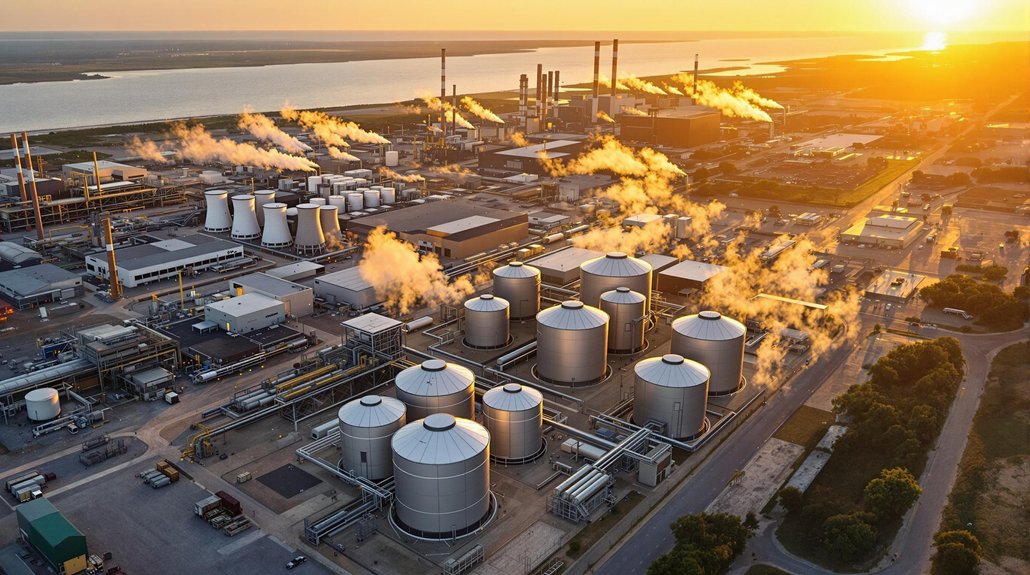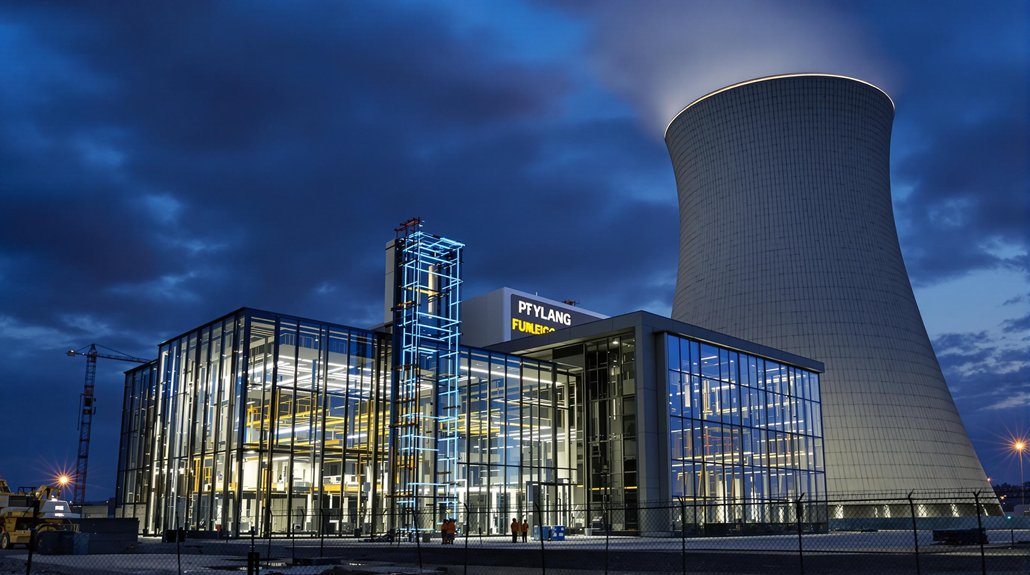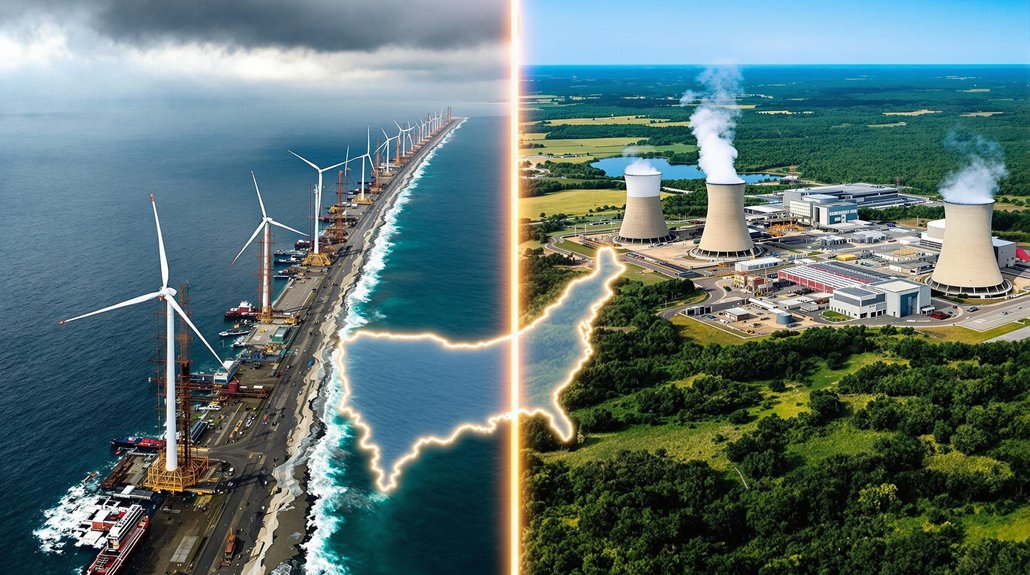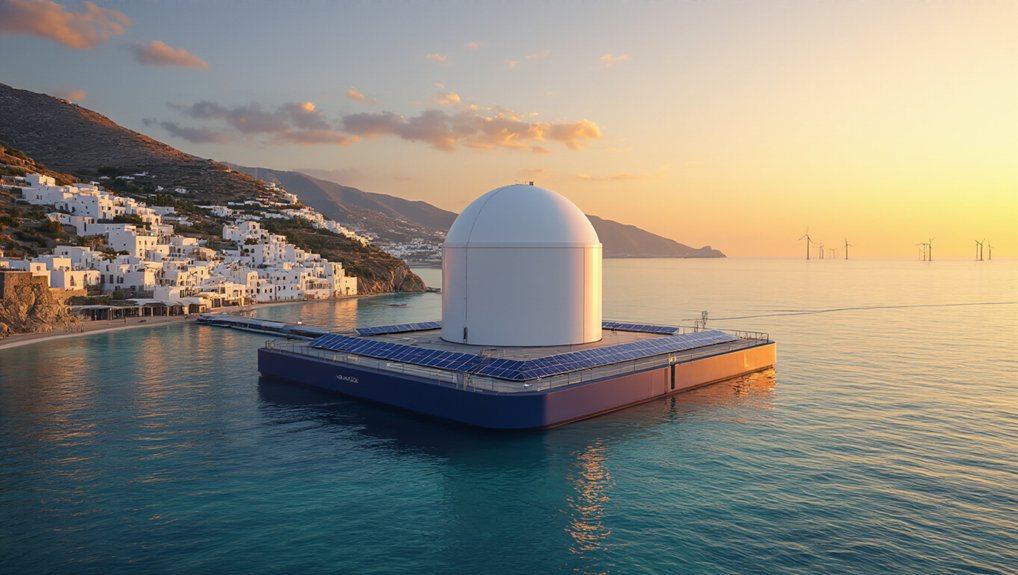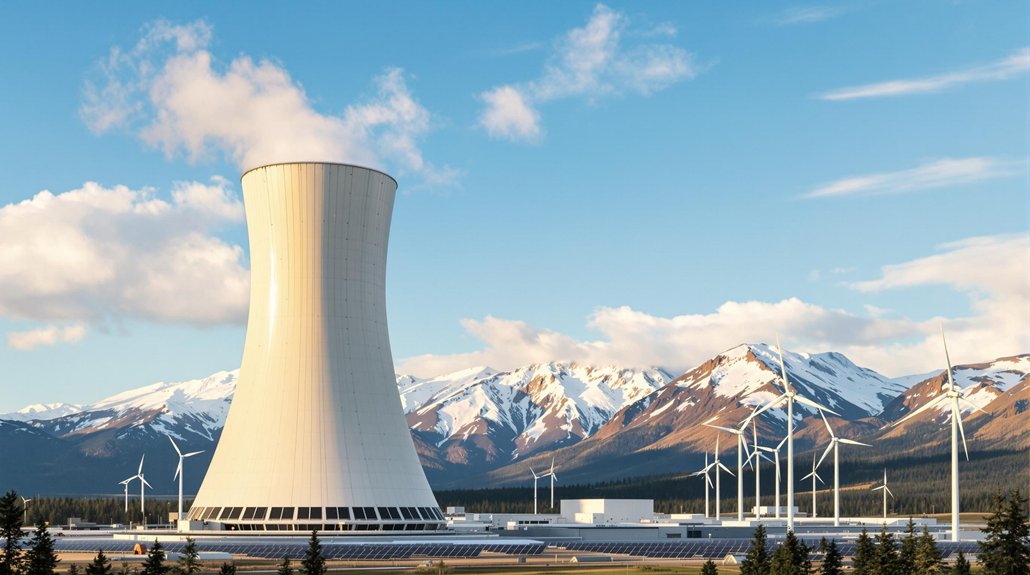Dow Chemical is making a bold move in Texas. The company plans to use small nuclear reactors at its Seadrift plant to replace natural gas. This first-of-its-kind project in the U.S. could eliminate 500,000 tons of carbon dioxide emissions each year. Dow’s partnership with X-energy marks a significant shift in how industries might power their operations. The question now is whether other companies will follow Dow’s lead toward nuclear solutions.
Dow Chemical is making a big move into clean energy with plans to install advanced nuclear reactors at its Seadrift, Texas facility. The company has partnered with X-energy to deploy Small Modular Reactors (SMRs) in what will be the first U.S. installation of advanced nuclear technology at an industrial site.
Dow leads industrial innovation by bringing advanced nuclear SMRs to Texas, marking a first for U.S. manufacturing sites.
The project centers on X-energy’s Xe-100 reactors, which are high-temperature gas-cooled units. Each reactor can generate 80 megawatts of electricity and 200 megawatts of thermal energy. Dow plans to install multiple units that together will provide up to 320 megawatts of power or 800 megawatts of thermal energy for its operations.
This nuclear initiative is expected to cut greenhouse gas emissions by 500,000 metric tons yearly. By replacing natural gas with nuclear power, Dow will greatly reduce its carbon footprint at the Seadrift location where they manufacture chemicals and plastics.
The collaboration falls under the U.S. Department of Energy’s Advanced Reactor Demonstration Program. This partnership includes up to $50 million in engineering work, with partial funding from the government program. Dow’s subsidiary, Long Mott Energy LLC, is leading the application process. The companies have submitted a construction permit application to the Nuclear Regulatory Commission for the project.
Safety is a key feature of the Xe-100 reactors. They include passive safety systems and advanced fuel designs that meet strict Nuclear Regulatory Commission standards. These safety mechanisms protect both public health and the environment.
The SMRs offer several advantages over traditional nuclear plants. Their smaller size makes them easier to build and install. They can be constructed faster and scaled based on energy needs. The modular approach allows for more flexible deployment compared to conventional nuclear facilities.
For Dow, the reactors will supply both electricity and industrial steam, replacing aging energy assets and improving efficiency. This project aligns with expert recommendations for achieving carbon neutrality goals through a diverse energy portfolio. The project shows how heavy industry can use advanced nuclear power to meet energy demands while reducing environmental impact, supporting global climate change efforts by decreasing reliance on fossil fuels. If approved, the reactors are expected to be operational by 2030s, coinciding with the retirement of existing natural gas equipment at the site.
